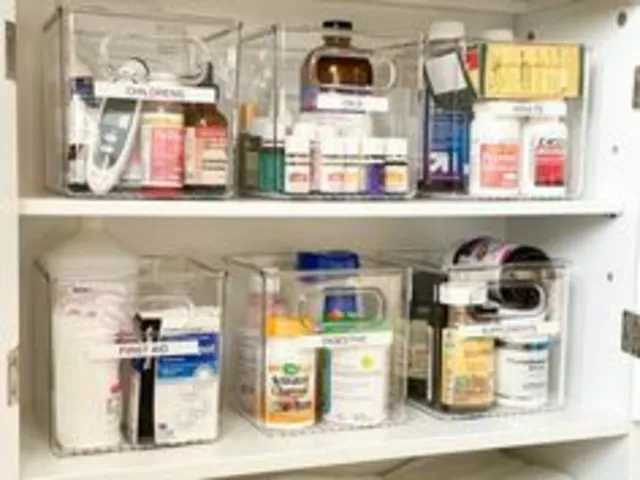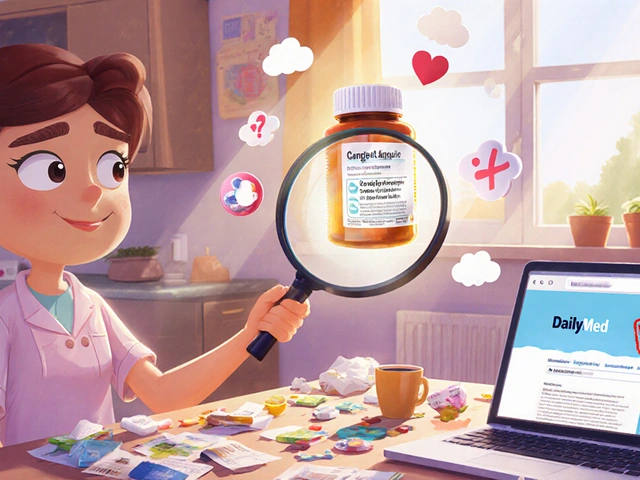February 2025 — Practical Tips on Prescription Savings and Efavirenz for Children
Two useful posts went live this month: one on how to cut prescription costs without risking care, and one that explains efavirenz for children in plain terms. If you pay for meds or care for a child on HIV treatment, these pieces give clear steps you can use right away.
Save on Prescriptions: GoodRx Alternatives
Worried about rising drug prices? Try comparing prices before you buy. Apps and sites like SingleCare, RxSaver, and Blink Health often beat retail prices. Look up the drug, compare a few options, and print or show the coupon at checkout.
Don’t forget these simple moves: ask your pharmacist for a generic version, check your insurer’s preferred pharmacy list, and enroll in pharmacy loyalty programs for discounts. For chronic meds, mail-order pharmacies can lower monthly costs. Manufacturer coupons or patient assistance programs are worth checking for expensive brand drugs—many companies offer income-based help.
Quick rule: always compare at least three sources (local pharmacy, discount app, mail-order) before buying. If a price seems unusually low, confirm the product and dosage with the pharmacist to avoid mistakes.
Efavirenz in Children: Safety, Dosing, and What Parents Should Watch
Efavirenz is a common antiretroviral used in pediatric HIV care. It helps control the virus, but it comes with side effects that parents should know about. The main practical points: dosing is weight-based, regular follow-up matters, and certain side effects can be managed if you spot them early.
Common side effects include sleep problems, vivid dreams, mood changes, and sometimes skin rash or changes in liver tests. Most effects show up in the first weeks. If a child seems unusually sleepy, irritable, or has new behavior changes, call the clinic—these signs are worth prompt attention.
Doctors monitor liver function and viral load to make sure the drug is working and not harming the child. Don’t stop efavirenz suddenly without medical advice—abrupt stopping can reduce future treatment options. Also tell your provider about other medicines, vitamins, or herbal remedies, because some drugs change efavirenz levels and vice versa.
Practical tips for caregivers: give doses at the same time daily (many clinicians recommend bedtime to reduce sleep-related effects), use exact measured doses for liquid forms, and keep a symptom log for clinic visits. If you’re worried about side effects or interactions, ask for a treatment review—there are alternative regimens if efavirenz isn’t a good fit.
If you want the full guides, check the two articles from February 2025: one breaks down ten GoodRx alternatives with pros and cons, the other walks through efavirenz safety and practical steps for parents. Both aim to help you make smarter, safer choices about medications.

Efavirenz Safety and Efficacy in Children
Efavirenz is commonly used in pediatric HIV treatment, but understanding its safety and efficacy can help parents make informed decisions. This article delves into its benefits, potential side effects, and tips for safe administration in children. With insights backed by recent research, it serves as a practical guide for caregivers ensuring effective treatment for young patients.

Exploring the Best GoodRx Alternatives: A Guide to Finding Prescription Savings
As healthcare costs rise, many are on the hunt for ways to save on prescription medications. While GoodRx is a well-known option, it's not the only one. This article delves into ten alternatives, comparing their pros and cons, to help you find effective ways to lower medication costs. From digital apps to pharmacy loyalty programs, readers will discover diverse avenues to save money.
Categories
- Medications (50)
- Health and Medicine (46)
- Health and Wellness (34)
- Online Pharmacy Guides (15)
- Nutrition and Supplements (7)
- Parenting and Family (3)
- Environment and Conservation (2)
- healthcare (2)
- prescription savings (1)
Popular Articles



